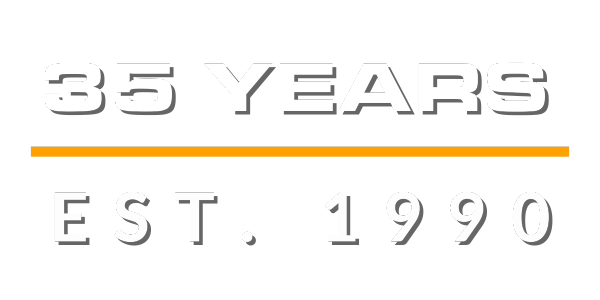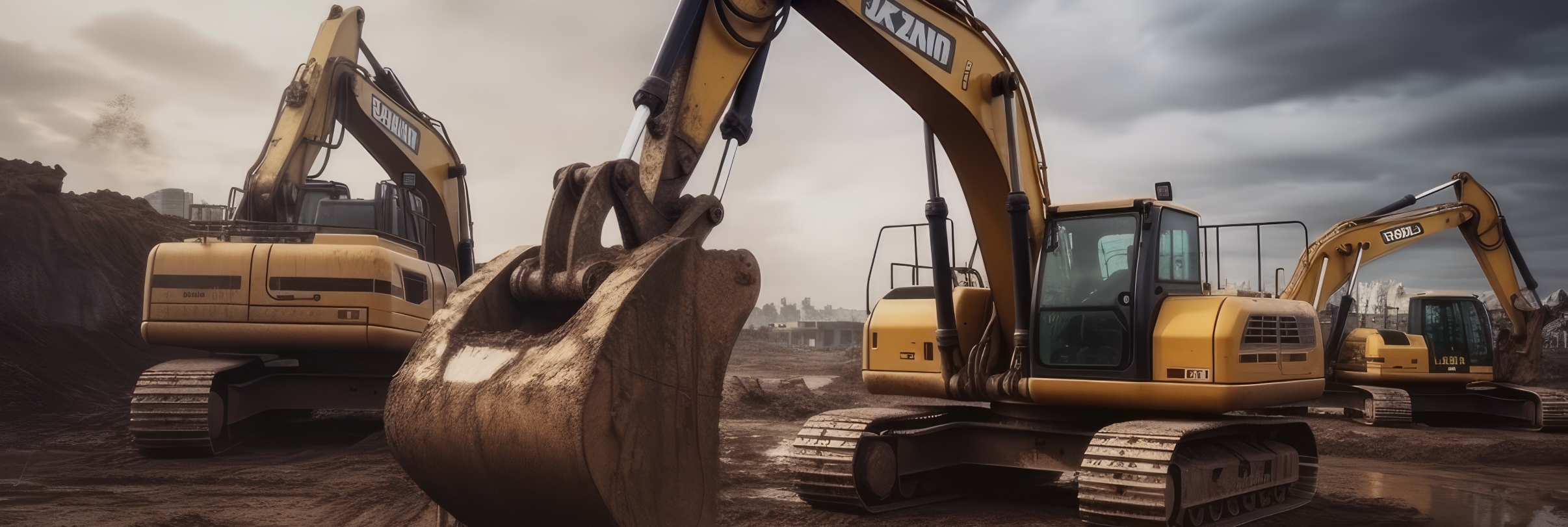5. UNDERSTANDING THE IMPACT OF FIXED COSTS ON CONSTRUCTION EQUIPMENT OWNERSHIP
Introduction
The financial complexity of construction equipment ownership goes far beyond just the purchase price, with fixed costs like depreciation, insurance, taxes, and interest intricately tied to the asset's lifespan. This exploration of total cost of ownership (TCO) provides concrete details on calculating these factors and balancing financial tradeoffs through each phase of the equipment lifecycle.
Depreciation: The Silent Cost Variable
Depreciation accounts for the gradual decrease in an asset's market value over time. For construction equipment, factors like wear, tear, and obsolescence contribute to this decline. As a non-cash expense, depreciation impacts financial statements and tax liabilities.
Depreciation Calculation Methods
Three common methods calculate depreciation:
- Straight-Line: Cost less salvage value divided by useful life.
- Declining Balance: An accelerated approach, with depreciation higher in early years.
- Units of Production: Ties depreciation to asset usage.
Reassessing depreciation assumptions yearly allows values to reflect evolving market conditions and usage levels. This enables accurate financial forecasting.
Optimal Equipment Life Expectancy
Construction equipment lifespan varies substantially based on intensity of use, maintenance, and operating environment. Companies balance maximizing equipment utility with replacement cost. Regular maintenance extends life but increases yearly costs. Replacement eliminates rising maintenance fees but incurs a new purchase expense.
Example Lifespan and Usage Hours
- - Excavators: 8,000-12,000 hours over 10-12 years
- - Wheel loaders: 10,000-20,000 hours over 15-25 years
- - Bulldozers: 10,000-15,000 hours over 12-20 years
For example, Company A operates excavators on average 10,000 hours over 12 years with steady maintenance. Company B replaces excavators after 8,000 hours over 8-10 years, avoiding costly repairs in later years. Each strategy has tradeoffs to optimize TCO.
Interest: The Cost of Financing
Interest costs are fixed over a loan term but vary based on principal amount, rate, and duration. Companies can benchmark rates quarterly and refinance if market rates drop more than 2%, for example. This capitalizes on interest rate fluctuations to minimize this TCO component.
Example Interest Calculation
For a $200,000 wheel loader financed over 5 years at a 6% interest rate, total interest paid would be $36,089. Paying this loan off in 3 years instead could save $12,098 in interest.
Taxes: Navigating Equip Cost Deductions
Sales taxes on equipment purchases range from 2-8% based on jurisdiction. Ongoing property taxes also apply annually, deductible as an operating expense. Tax credits like bonus depreciation can reduce tax liability, while trade-in allowances exclude sales tax on only the incremental purchase amount.
Example Tax Savings
- - A $300,000 wheel loader with a $100,000 trade-in would only apply sales tax on the $200,000 net cost.
- - Claiming bonus depreciation on the full $300,000 could also save $60,000+ in taxes the first year.
Insurance: Protecting Against Risk
Insurance premiums vary based on asset values, operational risks, claims history, and other variables. Premiums range from 2-7% of equipment value annually. Companies aim to balance premium costs with sufficient coverage for accidents, natural disasters, or equipment damage. Deductibles of $5,000-$25,000 help control premiums for higher value equipment like cranes or dozers.
Integrating Factors into Ownership Decisions
Construction companies take a holistic view, integrating depreciation schedules, lifespan tradeoffs, financing options, tax implications, and insurance needs into each major decision from purchase to replacement. Financial analytics provide data-driven forecasts to model the TCO impact of various scenarios. This strategic approach ensures fixed costs are leveraged – not just obligated – providing flexibility to adapt to market shifts and maximize profitable operation.
Conclusion
Construction equipment TCO hinges on fixed factors like depreciation, lifespan optimization, financing costs, taxes, and insurance. With strong financial management, companies gain control over these expenses. Granular tracking, scenario planning, and strategic adaptation are imperative to minimize total costs while maximizing the operational and financial return on equipment investments. This strengthens fiscal health and long-term competitiveness.
Depreciation: The Silent Cost Variable
Depreciation Calculation Methods
Optimal Equipment Life Expectancy
The Cost of Financing
Taxes: Navigating Equip Cost Deductions
Insurance: Protecting Against Risk
Integrating Factors into Ownership Decisions





